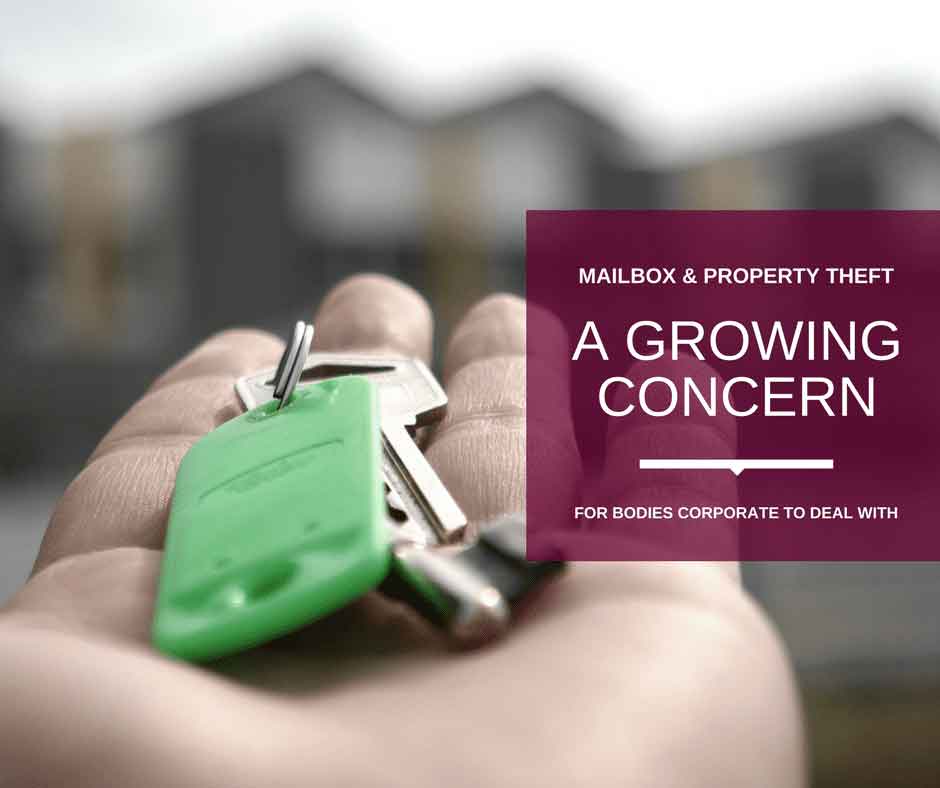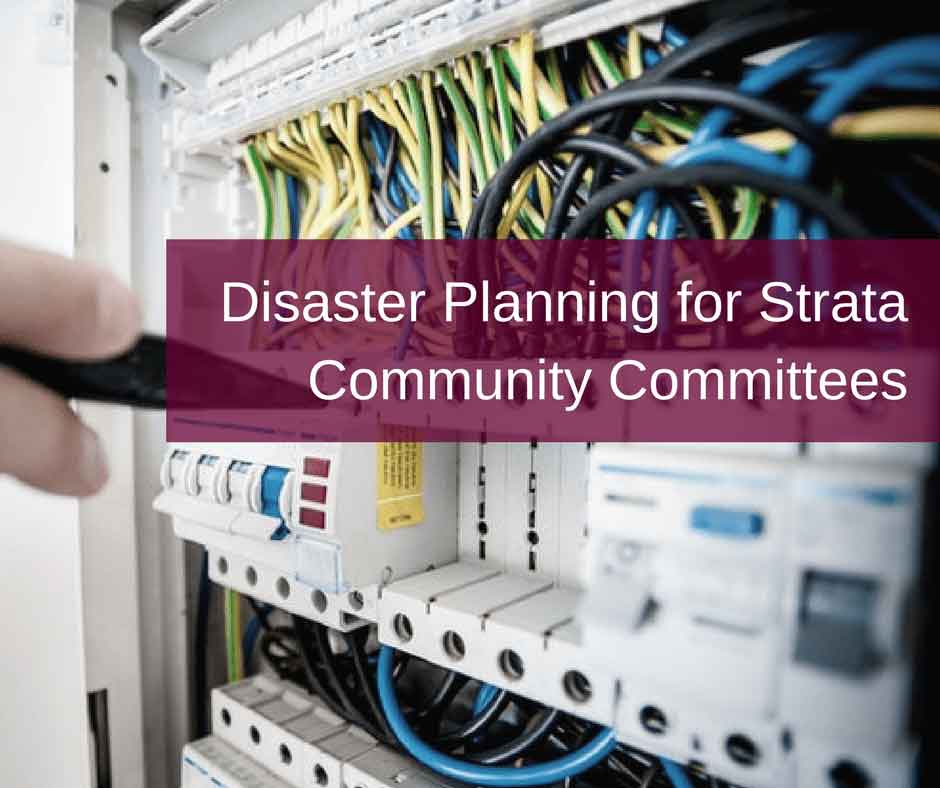
APARTMENT OWNERS URGED TO TIGHTEN UP SECURITY AHEAD OF POTENTIAL ‘HOLIDAY HEISTS’
November 14, 2017
ASBESTOS COULD BE TRIGGERED BY RENO BOOM
January 12, 2018
APARTMENT OWNERS URGED TO TIGHTEN UP SECURITY AHEAD OF POTENTIAL ‘HOLIDAY HEISTS’
November 14, 2017
ASBESTOS COULD BE TRIGGERED BY RENO BOOM
January 12, 2018
Disaster Planning For Strata Community Committees
Expert Opinion piece – Julie Mclean, National Training Manager of Ace Body Corporate Management.
In Strata Community Association’s (SCA) ‘Committee Training’ course we discuss the importance of Disaster Planning generally but focus on power outages in particular. We use the example of South Australia in 2016 experiencing power outages lasting for many days and in some extreme circumstances even over a week in some areas, after a series of extreme events.
In late December 2017, severe thunderstorms caused significant power outages across Victoria, leaving many residents without power for a significant period. It is a timely reminder of the ramifications of modern life without electricity especially for multi storey buildings.
In December 2015 in Lancaster, England, life for more than 100,000 people reverted to a pre-electronics era. An extreme event caused a flood at an electricity substation resulting in a blackout over the entire city that lasted for more than 24 hours. The City of Lancaster learnt so much from the experience that they wrote a report to share: https://www.raeng.org.uk/publications/reports/living-without-electricity
By Julie Mclean
So what happens in our buildings when power is lost for more than 3 hours?
Suddenly people will realise that, without electricity, there is no internet, no mobile phones, no contactless payment, no lifts and no petrol pumps. Are you prepared both personally and as a committee to lead?We have back up batteries, don’t we?... or maybe a generator if we are lucky? We know right – how our building works?These are some of the questions that may be running through the heads of a strata community committee that have not discussed disaster planning. Given emergency lighting systems rely on batteries that are designed to ride through a short interruption of supply or to give occupants time for an orderly and well-planned evacuation in a more serious event. After about 90 mins, the batteries are exhausted. The fire detector system runs for longer, but still for less than a day.
So, the first thing to look at in your Disaster Plan is what happens in the first 90minutes and then what happens in the following 90 minutes. The things you need to consider are:
- Building security – all doors are open, is there key access? Should we appoint a security guard?
- Garage Door – is there a manual override or battery backup? How does it work, who is trained in this procedure?
- Lift is not working, are people possibly stuck in the lift?
- No hot water, maybe no cold water either?
- How will you communicate, what you will say and who will do it?
- Ventilation fans/ air-conditioning not operating?
- Back up batteries – how long do they run for?
- Back up diesel generator – capacity, fuel?
- Turning power on, what is the start up process, especially for pumps, how will this be managed?
If you have a backup battery for the NBN you will have up to 5 hours of power, this means the emergency telephone in the lift will keep working at least.
So the first agenda item for every committee of a multi storey building in 2018 is Disaster Planning for power outages.
www.acebodycorp.com.au

